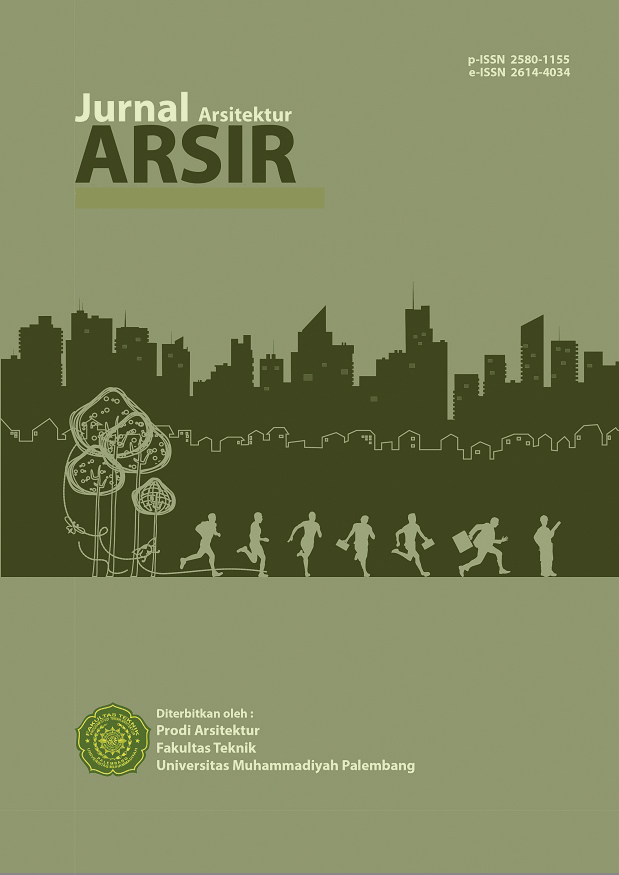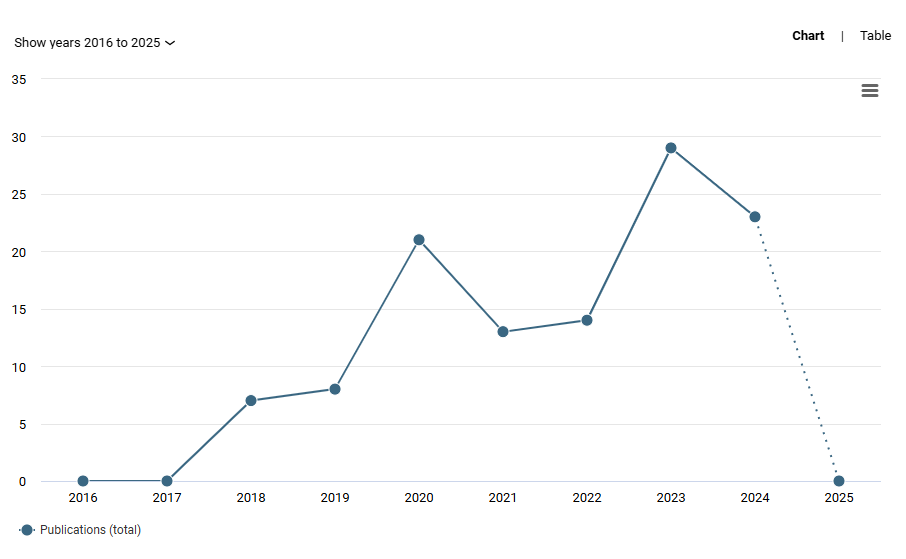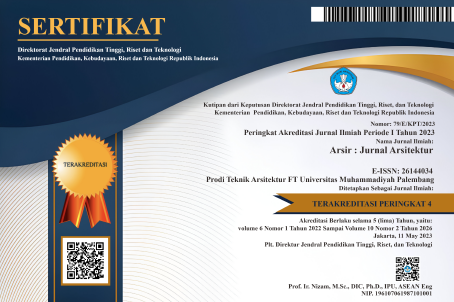The System of Spatial Structure Formation of the Traditional House Moronene Tribe in Kampo Laea Hukaea Southeast Sulawesi
DOI:
https://doi.org/10.32502/arsir.v9i2.352Keywords:
laea hukaea, moronene tribe, spatial structure, traditional houseAbstract
Kampo Laea Hukaea is the indigenous territory of the Moronene tribe, one of the native tribes of Southeast Sulawesi Province. Within this area, there are traditional buildings of the Moronene tribe that have not been studied, and their quality has been deteriorating according to the local community. This threatens the authenticity and identity of the Moronene tribe. This research aims to identify the spatial structure formation system of the Moronene people's houses in Kampo Laea Hukaea. Using a descriptive qualitative method, with direct field observation and in-depth interviews, data was collected and analyzed through triangulation. The research findings reveal that the Moronene people's houses have a spatial structure divided both horizontally and vertically. Horizontally, there are the patande space (included in laica irai or front house), botono space (the core of the house), and the dapura space (included in laica ibungku or back house). Vertically, there are the tonto space (lower section), botono space (middle section), and pea space (upper section). These spaces, both horizontally and vertically, are consistently found in the cases, thus forming the spatial structure system in the houses of the Moronene people, which is an authentic identity of the Moronene tribe's culture in Kampo Laea Hukaea. This study contributes to uncovering the identity of the traditional houses of the Moronene people, thereby enhancing the sense of responsibility toward preserving ancestral heritage and maintaining the Kampo Laea Hukaea environment.
Downloads
Published
How to Cite
Issue
Section
License
Copyright (c) 2025 Adriyawan Jarsul Hamasi, T. Yoyok Wahyu Subroto

This work is licensed under a Creative Commons Attribution-ShareAlike 4.0 International License.
Arsir: Jurnal Arsitektur (AJA) have CC-BY-SA or an equivalent license as the optimal license for the publication, distribution, use, and reuse of scholarly work.
Authors who publish Arsir: Jurnal Arsitektur (AJA) agree to the following terms: Authors retain copyright and grant the Arsir: Jurnal Arsitektur (AJA) right of first publication with the work simultaneously licensed under a Creative Commons Attribution License (CC BY-SA 4.0) that allows others to share (copy and redistribute the material in any medium or format) and adapt (remix, transform, and build upon the material) the work for any purpose, even commercially, with an acknowledgement of the work's authorship and initial publication in Arsir: Jurnal Arsitektur (AJA). Authors are able to enter into separate, additional contractual arrangements for the non-exclusive distribution of the journal's published version of the work (e.g., post it to an institutional repository or publish it in a book), with an acknowledgement of its initial publication in Arsir: Jurnal Arsitektur (AJA). Authors are permitted and encouraged to post their work online (e.g., in institutional repositories or on their website) prior to and during the submission process, as it can lead to productive exchanges as well as earlier and greater citation of published work (see The Effect of Open Access).
![]()
Work is distributed below This work is licensed under a Creative Commons Attribution-ShareAlike 4.0 International License.










